By: Kimberly Dyehouse
Asbestos was a very popular building material from the early 1900s through the 1970s due to its strength, inability to burn, and insulating properties. Even though the U.S. banned the production of asbestos-containing materials in the early 1980s, it is still present in buildings across the country. If fibers become airborne, they pose a serious threat to human health. This is why it’s important for property owners and managers to know what to expect when going into an asbestos removal project.
In this article, we will discuss the removal process, the potential reasons to remove asbestos, who’s involved, the engineering controls used to protect human health, and what happens after the asbestos has been removed.
WHAT IS AN ASBESTOS REMOVAL PROJECT?
Asbestos removal is exactly what it sounds like, but the technical definition is a little more complex. The Indiana Department of Environmental Management (IDEM) Asbestos Air Rules (326 IAC 14-2,10) define an asbestos removal project as:
“any and all activities at a facility involving removal, encapsulation, enclosure, abatement, renovations, storage, stripping, dislodging, cutting or drilling that result in disturbance or repair of at least 3 linear feet of regulated asbestos-containing materials on/off pipes, or 3 square feet of regulated asbestos-containing materials on/off other facility components, or 0.75 cubic feet of regulated asbestos-containing materials on/off other components.”
WHAT ARE SOME REASONS WHY ASBESTOS SHOULD BE REMOVED?
The most common reasons why asbestos might be removed are for building demolition or renovation or as a result of an emergency situation like a leaky pipe or roof.
Depending on how and where asbestos is applied, it might not pose any risk to occupants of a building. However, if the asbestos particles can become airborne, it’s time to bring in a professional to remove it.
There are many reasons to remove asbestos from a building. For example, if asbestos is present in a facility undergoing renovation or demolition: Asbestos poses hazards to maintenance personnel who have to drill holes in walls for installation of cables or pipes. In-place asbestos may become friable (released into the air) as soon as it’s disturbed by construction activities. Non-friable asbestos-containing materials such as floor, siding and roofing materials do degrade over time and may release airborne asbestos fibers.
Regardless of the reason, care should be taken to ensure that proper personnel, work practices, engineering controls and disposal practices will be utilized to reduce the potential for exposure to occupants, workers and the general public.
While the definition of removal projects specifically mentions regulated materials, which are friable materials or non-friable materials that have become friable or are expected to become friable due to work practices, non-regulated materials should follow similar work practices and guidance as well.
WHO SHOULD BE HIRED TO REMOVE ASBESTOS PROPERLY?
The type and amount of material involved in the project will determine the level of training for supervisors and workers, as well as the type of work practices and engineering controls needed to successfully complete a project. Additional requirements, such as air monitoring, may be necessary in some situations like schools.
Typically, a facility or project manager will reach out to an environmental consultant or directly to an asbestos abatement contractor once the decision has been made to conduct a removal project. The consultant and/or contractor will conduct a walkthrough of the project area to be able to develop a plan for the most efficient and cost-effective methodology for the removal. Depending on the size of the project, the regulator may need notification of the project.
WHAT ARE SOME SAFETY MEASURES TAKEN DURING AN ASBESTOS REMOVAL PROJECT?
Safety is always a top priority during an asbestos removal project. An asbestos contractor will regulate access to the immediate and surrounding areas as necessary. This can range from just limiting access to occupants with barrier tape and warning signs to the construction of a full polyethylene sheeted structure. Again, this would be defined by material and amount to be disturbed.
Did you know? Any barrier tape and/or warning signs used to demarcate a work area must include the use of foreign language, pictographs and/or graphics, if necessary, to ensure all occupants, workers and general public can comprehend the restriction.
WHAT HAPPENS AFTER THE ASBESTOS IS REMOVED?
The contractor will remove the material from the component or substrate by containing the material either in bags, drums, boxes, etc., and then remove the waste containers from the project site.
Following removal, the contractor or consultant should provide the facility with a copy of a report compiling information pertinent to the project. This information could include daily log reports, air monitoring results, worker/supervisor information, and disposal records.

